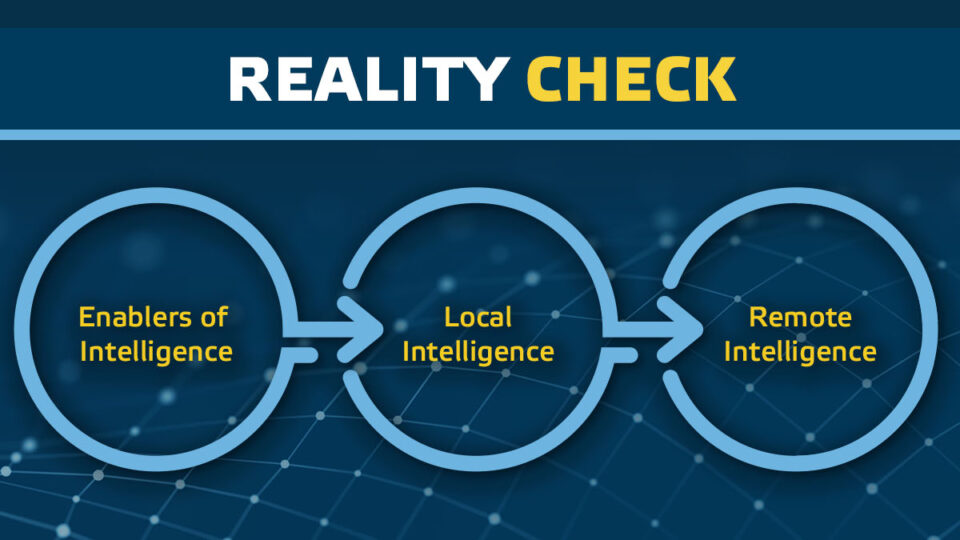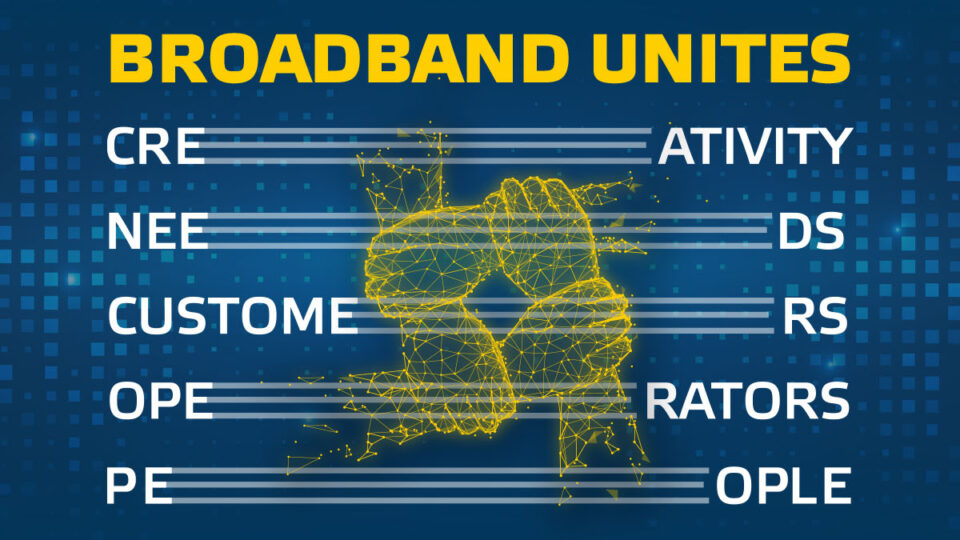
Intelligent network management – How will it help you today?
A modern cable network places a great demand on network management. As the latest technologies are designed for increasingly higher data transmission capacities, planning and operating the networks need to be taken care of in even greater detail. Adding intelligence to networks is one of the most attractive ways of making management easier and more effective for operators.
When we talk about intelligent network management today, we mean remotely controllable and self-adjusting nodes and amplifiers and their management software on the server, enabled by a transponder unit to communicate together. Their purpose is to increase network uptime by controlling ingress. In practice, they are used to prevent ingress from spreading in the network and localise its sources to enable fast and precise corrective actions.
Controlling ingress pays off by limiting each service outage to as few customers as possible and restoring services quickly and efficiently to maintain good customer experience. As real network data from European cable television networks shows, service problems quickly become expensive for operators: they increase maintenance costs and form the single most important factor leading customers to churn.
The current ingress blocking evolution path
Due to bidirectional communication between intelligent network devices and management software, an operator’s NOC personnel can get a precise view of the network status and perform several maintenance tasks even without visiting the sites. However, when we take a closer look at NOC operations, we can see that there is no unified way of deploying intelligent network management. Rather, it is still on the evolution path to taking its place as part of daily procedures.
- Manual ingress control: In manual ingress control, the operator remotely activates the ingress control switch after an alarm from nodes and amplifiers is received by the server. As a consequence, the ingress is stopped from spreading in the network and services can be restored after dispatching repair.
- Automatic local ingress blocking: Automatic local ingress blocking in intelligent nodes and amplifiers utilises a dedicated ingress monitor to measure the upstream noise level at predefined frequencies. If enough frequencies exceed the tolerance, an ingress alarm is raised, leading to automatic ingress switch activation.
- Automatic ingress blocking – SmartRIS: SmartRIS is an automation process running in the Teleste Argus server that utilises a built-in analyser in intelligent nodes and amplifiers to measure ingress. It allows detection of ingress alarms per frequency and, once an alarm is received, starts looking for the ingress input from the network, activating ingress switches one by one until the last effective switch. The process provides exact information on where the ingress enters a network and requires no manual work to detect the faulty device.
By reducing the need for manual maintenance work and making it faster to locate problems, ingress blocking impacts significantly on how operators can keep their network operational costs under control—and all the more so when the process becomes increasingly automatic. This is what SmartRIS is all about, it empowers operators’ technical teams to concentrate on root cause analysis instead of manipulating ingress switches and enables fast and effective repairs on site.
Are there other ways to utilise network data?
At the moment, the vast majority of maintenance actions, even in intelligent network management, are reactions to existing service issues [Arttu Purmonen: Intelligent Tools to Increase Uptime in the HFC Plant]. However, there are amounts of data that are already or could be gathered from the network, and we could utilise automatic server processes to a much greater extent to use this data in ensuring high-quality network performance even before service issues occur.
Operators could, for example, gather information about cable modem transmit level margins to see which of the modems are likely to fail or cause ingress in the near future.Taking advantage of such information would make it possible to perform proactive actions, such as increasing attenuation or even dropping the susceptible modems off the network, to maintain high network uptime.
Tools like SmartRIS are designed to improve fixing segregating root causes and the multiplier effects of service issues. In addition, increasing the automation of management processes and the availability of Big Data on the server side enable switching the focus from reacting to problems to preventing and even predicting them in order to maintain uninterrupted and excellent quality of services.
Will AI add to the value of network management?
While there is still much to do to exploit the currently available intelligent network management tools to the fullest, we can already ask ourselves how network maintenance will change alongside features like self-learning algorithms and machine analytics. Is it possible to use artificial intelligence to learn more about what happens in networks all the way from headends to end-user Wi-Fi?
In the future, we will see intelligent management tools advancing towards collecting and aggregating data from all parts of the network for improved awareness and easier maintenance. For example, tremendous impact on NOC systems and procedures could be created by utilising self-learning software to automatically prioritise ingress alarms and customer tickets and determine which segments to update next.
Knowing customers well has become a general expectation for operators in order to provide excellent customer experiences. We can claim that the same goes for networks: know your network well and you can be victorious in the continuous battle for more and more network capacity. Better performance and increased service uptime at lower operational costs—your NOC and financial departments will appreciate it, and customers will love it, too.


